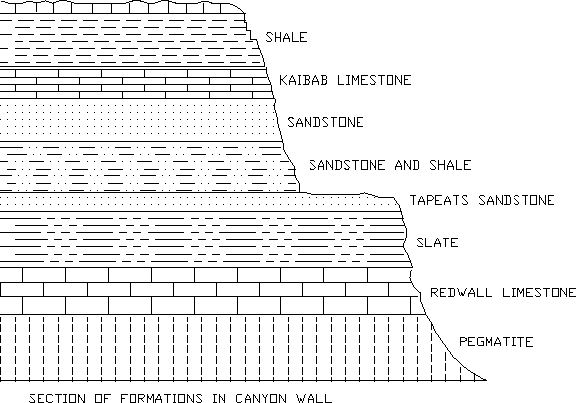
After talking to virtually every venture capitalist in the business, in May of 1984 it appeared that we were finally going to close a deal. Frank Chambers, who had been introduced to us by Jack Stuppin, indicated that he was willing to make an investment in our company. Despite our cynicism, born of endless tiresome and fruitless meetings which consumed our time when it was desperately needed to develop the company, we were eager to obtain funding we could apply to increase our marketing efforts and seize the market before better-funded competitors entered the fray.Mike Ford described the situation as ``being in a verdant field with gold bars lying all around. The question is how many can we throw in our pickup truck before a big vacuum cleaner comes down from the sky and sucks them all up.'' In essence then, being greedy and aggressive suckers ourselves, we wanted the cash to nail down the largest possible market share while we still could.
After numerous and lengthy discussions, Frank Chambers communicated the terms of the deal. What follows is a transcription of Dan Drake's notes taken while hearing the terms over the phone, with annotations explaining what the terms mean.
We didn't like it. While many of the terms were conventional and were what we expected, several totally unexpected constraints on our ability to develop the company in the way that had brought us to the present point were contained in the deal. In particular, our ability to grant stock options to new employees was severely constrained by limits on the number available, by forcing the option exercise price to above the price paid by the investor (who received much better terms on his preferred than the employee would on his common stock), by retiring from the pool any options granted to an employee who subsequently left the company, and by imposing a four-year vesting period on all options, which the founders of the company felt transformed the options from their original purpose of allowing employees to share in the company's success to a kind of twentieth century indentured servitude which compelled employees to stay with the company or face forfeiture of their financial gains.We also thought that the general tone of the deal was far from consonant with the percentage of the company being purchased and the demonstrated performance of the company to date and the track record of its managers. But we still wanted the cash. So...we came back with the following suggested terms.
He didn't like it. So, we got together and attempted to come up with another offer which would be acceptable. Here it is.
After these terms were presented, it was clear that we would never come to an agreement on the issue of awarding stock options to employees to give them a real stake in the company's success. In addition, the overall flavour of the deal seemed to us totally inappropriate for a company which was, at the time of these negotiations, generating sales equal to the size of the deal every month and generating after-tax profits close to the size of the deal every quarter.We couldn't believe that this was the best deal obtainable for venture funding of the company, and we were inclined to ask around to see if this was reasonable. But, our Distinguished Financial Advisor informed us that this would constitute ``shopping the deal'' when ``a deal was on the table'' which was right out by the genteel standards of the venture community, and that he could not countenance such unrefined behaviour (notwithstanding the fact that in the real world this kind of collusion is called ``conspiracy in restraint of trade'' and people go to jail for it).
So, after a brief weekend meeting in which we discovered we all agreed on the obvious conclusion, we decided to graciously decline this generous offer of funding and carry on with our own resources. Upon hearing this decision, Jack Stuppin said that if we didn't take this deal, he did not wish to be a shareholder and wanted us to buy him out. Not wishing to deplete our treasury, we declined. In not accepting our terms, which differed from his original proposal primarily in issues of philosophy, not money, Frank Chambers chose to forgo an investment of $500,000 which, if held until the stock price hit its 1987 high, would have appreciated to more than $37 million.
Peter Barnett drew this geological strata illustration in 1984 to demonstrate the multiple dot and dash line types introduced in AutoCAD 2.0. The drawing doesn't represent any real geological formation--it was made up out of thin air, not hard rock. It has been used as a sample drawing from AutoCAD 2.0 to date.

Editor: John Walker